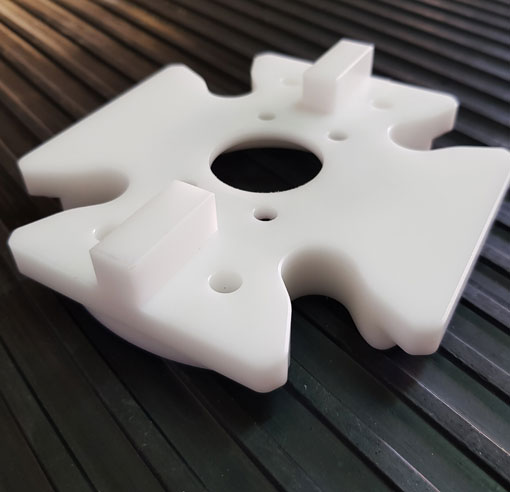Flatness Toleranc
The most important aspect of a part is flatness, and this is especially true when you're working with a CNC machine. If the part isn't perfectly flat and within tolerance, then it won't cut accurately. The tolerances are usually based on the size of the tooling used in a particular machine. If you have a small machine, then your tolerances will be smaller. If you have a large machine, then your tolerances will be larger
When we talk about tolerances, we're talking about how much variation there is between one area of the part and another area of the same part. The amount of variation that's acceptable depends on the application for which your part is being produced. For example, if you're making parts for an injection molding process where very little deflection is allowed, then there's still going to be some variation required in order to meet those requirements while still being able to produce parts within tight tolerances (i.e., +/- 0.005). However, if you're producing parts for high precision applications where there's no room for error (i.e., +/- 0.001), then there's going to be much less variation required so that
cnc plastic flatness tolerance







